Suppose I have an image that I want to warp as part of a forward model of a system. In the reverse model, I need to be able to undo the warp. Consider the following:
import numpy as np
from scipy.ndimage import map_coordinates
from matplotlib import pyplot as plt
def make_rotation_matrix(abg, radians=False):
ABG = np.zeros(3)
ABG[:len(abg)] = abg
abg = ABG
if not radians:
abg = np.radians(abg)
alpha, beta, gamma = abg
cos1 = np.cos(alpha)
cos2 = np.cos(beta)
cos3 = np.cos(gamma)
sin1 = np.sin(alpha)
sin2 = np.sin(beta)
sin3 = np.sin(gamma)
Rx = np.asarray([
[1, 0, 0 ], # NOQA
[0, cos1, -sin1],
[0, sin1, cos1]
])
Ry = np.asarray([
[cos2, 0, sin2],
[ 0, 1, 0], # NOQA
[-sin2, 0, cos2],
])
Rz = np.asarray([
[cos3, -sin3, 0],
[sin3, cos3, 0],
[0, 0, 1],
])
m = Rz@Ry@Rx
return m
# draw a square in an image
sfe = np.zeros((128,128), dtype=float)
c=64
w=32
sfe[c-w:c+w,c-w:c+w] = 1
# compute the coordinates, translate to the origin, rotate, translate back
xin = np.arange(128)
yin = np.arange(128)
xin, yin = np.meshgrid(xin,yin)
rot = make_rotation_matrix((0,45,0))
ox, oy = 127/2, 127/2
tin = np.eye(4)
tin[0,-1] = -ox
tin[1,-1] = -oy
tout = np.eye(4)
tout[0,-1] = ox
tout[1,-1] = oy
rot2 = np.zeros((4,4), dtype=float)
rot2[:3,:3] = rot
rot2[-1,-1] = 1
M = tout@(rot2@tin)
Mi = np.linalg.inv(M)
points = np.zeros((xin.size, 4), dtype=float)
points[:,0] = xin.ravel()
points[:,1] = yin.ravel()
points[:,2] = 0 # z=0
points[:,3] = 1 # lambda coordinate for homography
out = np.dot(Mi, points.T)
xout = out[0].reshape(xin.shape)
yout = out[1].reshape(yin.shape)
zout = out[2].reshape(xin.shape)
hout = out[3].reshape(xin.shape)
# do I need to do something differently here?
points2 = points.copy()
out2 = np.dot(M, points2.T)
xout2 = out2[0].reshape(xin.shape)
yout2 = out2[1].reshape(yin.shape)
zout2 = out2[2].reshape(xin.shape)
hout2 = out2[3].reshape(xin.shape)
mapped = map_coordinates(sfe, (yout,xout))
unmapped = map_coordinates(mapped, (yout2,xout2))
neighbors = np.hstack((sfe, mapped, unmapped))
plt.imshow(neighbors)
If I perform a clocking rotation instead of an out of plane rotation, I get the behavior I expect:
I understand that by construction I am assuming the image is a birds-eye view or a planar homography, which is OK. What am I missing? Some google related to image warping finds cryptic matlab answers, but I do not understand what the "spatial referencing" is doing.
Edit: An example homography whose inverse does not actually undo the transformation with map_coordinates:
H = np.array([[ 0.063, -0.011, 0.761],
[ 0.011, 0.063, -0.639],
[-0. , -0. , 0.063]])
Simply plotting a square with plot.scatter, it does exactly invert.


